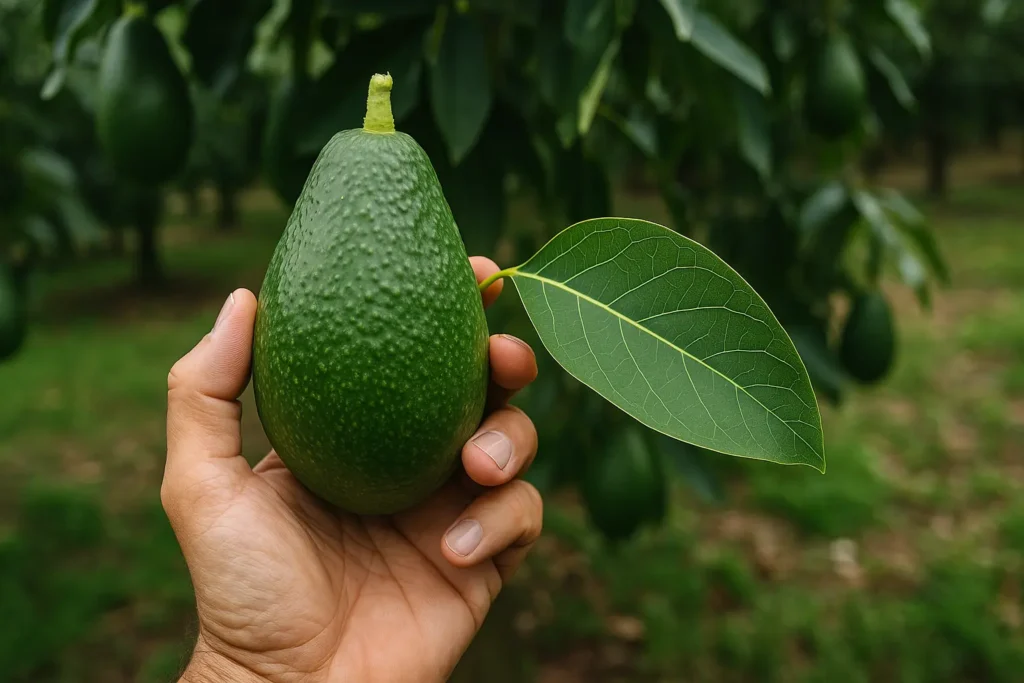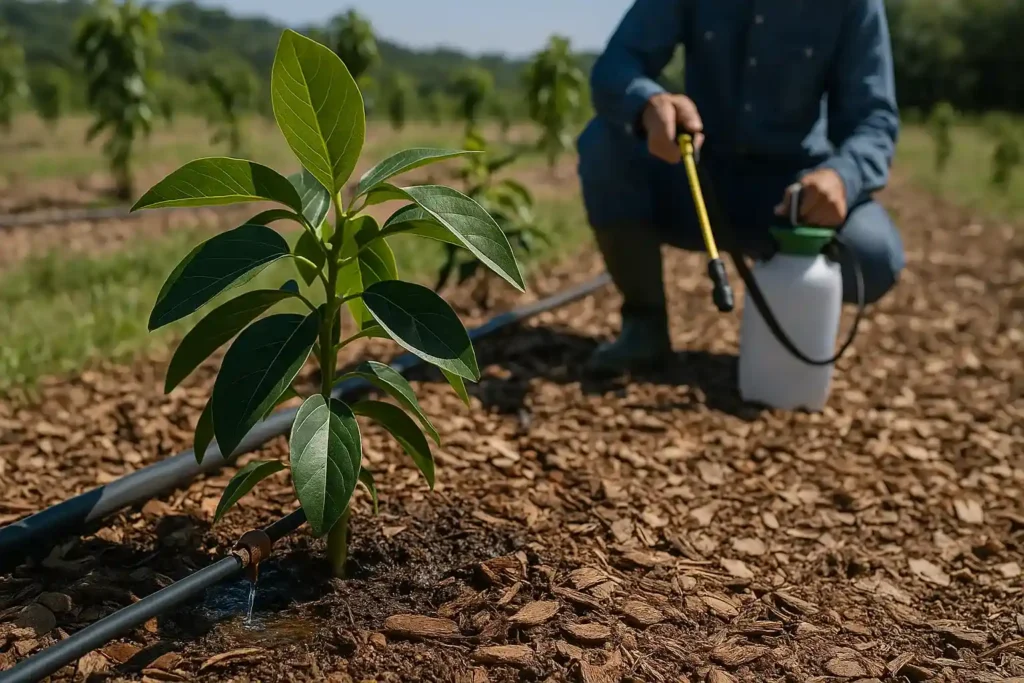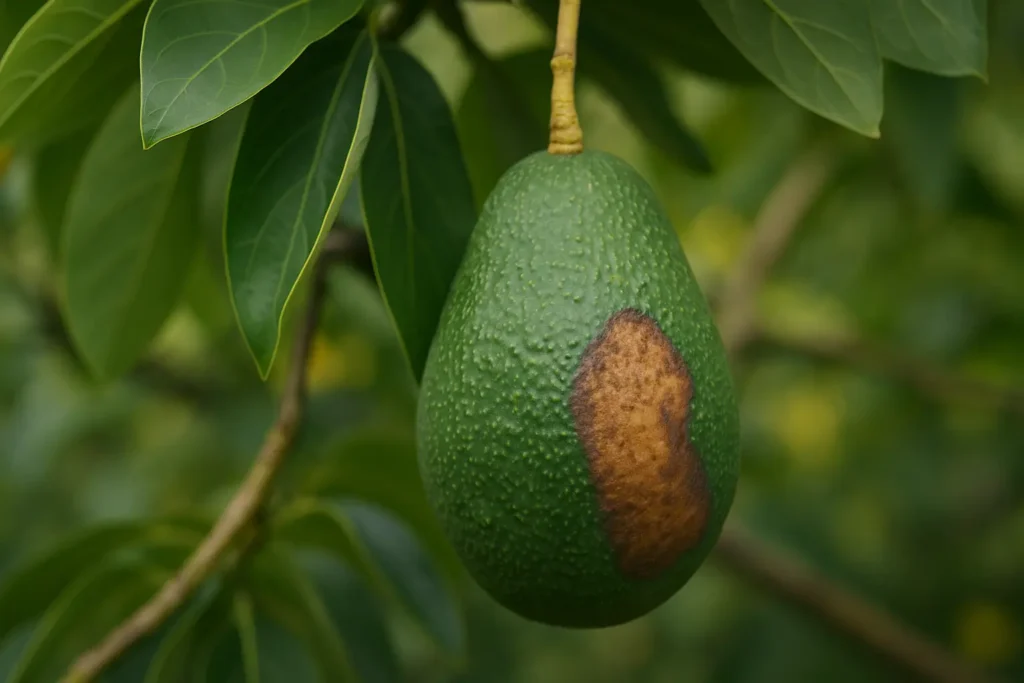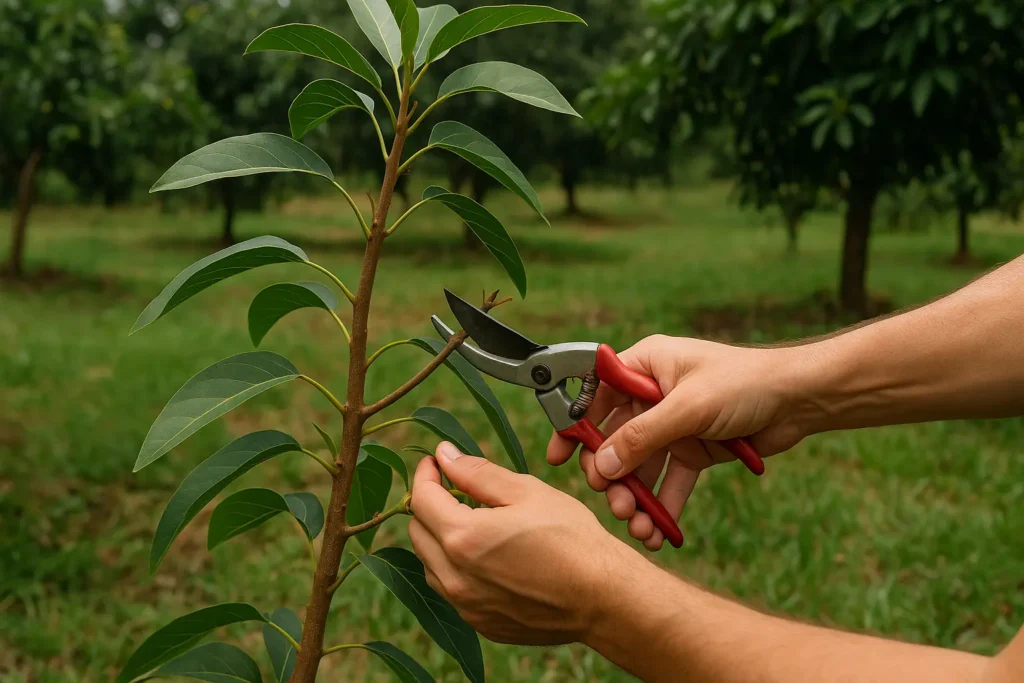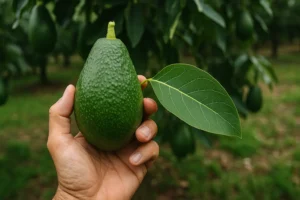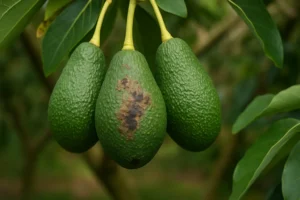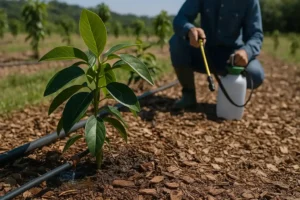He avocado selection process It is the heart that ensures consumers enjoy perfect fruits, full of flavor, freshness and unmatched quality. From the moment they are harvested until they reach your hands, each avocado goes through rigorous control designed to highlight only the best: the fruits that meet the most demanding standards.
In this article, we will take you behind the scenes to discover the essential criteria that make this selection possible, how they vary depending on the type of avocado, and what are the key stages of quality control that guarantee a unique experience in every bite.
Criteria for Selecting Avocados
He avocado selection process is based on a careful evaluation of key factors that guarantee its quality. These criteria not only ensure that the fruit is in optimal condition for consumption or distribution, but are also essential to meet consumer expectations. Below, we present the most important aspects that guide this selection:
Physiological Maturity
Physiological ripeness is one of the most critical aspects of the avocado selection process, as it defines the ideal moment for consumption. An unripe avocado may be difficult to handle and lack flavor and texture, while an overripe one may have dark areas in the flesh and an unpleasant taste. To determine ripeness, apply light pressure to the skin: a ripe avocado yields gently to the touch, indicating that its flesh is creamy and ready to be enjoyed.
Color
Skin color is an essential visual indicator in the avocado selection process, although its relevance varies depending on the variety. For example, the Hass variety It changes from a bright green to a dark or blackish-purple hue when it reaches maturity. This change makes it easier to identify whether the avocado is ready to eat.
In contrast, varieties such as Fuerte or Bacon maintain a green color even when fully ripe. For this reason, it is crucial to understand the unique characteristics of each type of avocado in order to make an appropriate selection.
Skin Texture and Appearance
The skin should be smooth, firm and free of visible imperfections. Wrinkles, cuts, spots or soft spots can be signs that the fruit is overripe or has been damaged during handling. These defects not only affect the appearance, but can also indicate internal problems, such as bruising or damage to the flesh, compromising the consumer experience.
Size and Shape
Although size and shape do not directly affect the flavor or internal quality of the avocado, they are factors that are considered in the avocado selection process, depending on the final use of the fruit. For example, large avocados are ideal for preparing guacamole or recipes that require a larger amount of pulp, while smaller ones are perfect for salads or as a side dish.
This meticulous process ensures that every avocado we select meets the highest quality standards, guaranteeing freshness, flavor and satisfaction in every bite.
Selection of Avocados by Variety
The avocado selection process depends on the variety, as each type has unique characteristics that determine its quality and ideal use. Below, we explore the most popular varieties and the key aspects to optimally select them:
- Hass avocado: In the selection process of the Hass avocado, uniform color and the absence of soft spots or dark spots are decisive. Its rough skin changes from bright green to a dark or blackish-purple tone as it ripens, making it easy to identify its sweet spot.
- Strong Avocado: The Fuerte avocado has a smoother, greener skin that does not darken as it ripens, so the color is not a reliable indicator of its ripeness. In this case, the selection focuses on the texture to the touch: it should feel soft but firm when pressed lightly.
- Avocado Bacon: Selecting the Bacon avocado requires attention to its skin, which should be free of visible damage. Its ripeness is identified by its slight yield under pressure. With a mild flavor and less creamy texture than other varieties, the Bacon is perfect for salads or recipes that call for a more delicate and lighter flavor profile.
- Reed Avocado: The Reed is notable for its large size and round shape. Its thick green skin remains unchanged in color as it matures, making it necessary to evaluate its softness to the touch to determine its ripeness.
Quality Control in Selection
The avocado selection process would not be complete without rigorous quality control, which ensures that only the fruits that meet the most demanding standards reach the final consumer. This process involves a series of detailed evaluations that guarantee impeccable presentation, optimal flavor, and durability that meets market expectations. The most relevant aspects of quality control are described below:
Visual Inspection
Visual inspection is the first step in quality control and is crucial to identify any external imperfections that may compromise the fruit. During this phase, the skin of the avocado is checked for blemishes, cuts, bruises or soft spots. These defects not only affect its appearance, but could also indicate internal problems, such as damage to the flesh. Careful selection at this stage ensures that only avocados in optimal condition are marketed, protecting consumer perception and increasing the shelf life of the product.
Firmness Tests
Firmness is an essential parameter in the avocado selection process, as it determines its state of ripeness and quality. These tests are carried out by applying light pressure to the surface of the fruit, evaluating its consistency. An avocado that is too soft may be overripe, while one that is excessively hard may not have reached its optimal point for consumption.
Maturity Control
Ripeness control is a technical step that uses specialized tools, such as penetrometers or dry matter analysis, to accurately measure the state of the fruit. These methods make it possible to determine whether the avocado is ready for immediate consumption or whether it requires more ripening time. This control ensures that the avocados meet the taste, texture and freshness expectations of consumers, while also adjusting to the logistical needs of the destination market.
Internal Quality Testing
In addition to external assessments, quality control includes internal testing on selected samples from the batches. These avocados are cut open to check the texture, color and flavor of the flesh, detecting potential problems such as dark areas, excessive fibers or rancid flavors. These tests are essential to ensure that the final product is not only visually appealing, but also meets the highest standards in its internal quality.
Storage and Transport Conditions
Quality control extends beyond the initial selection and encompasses storage and transportation conditions. It is vital to keep avocados in controlled environments with appropriate temperatures and humidity levels to prevent premature ripening or damage during transport. These conditions ensure that the product reaches the markets in the best possible condition, maintaining its freshness, quality and commercial value.
Challenges in the Selection Process
The avocado selection process faces multiple challenges that can influence the quality of the fruit and the efficiency of the process. Below we analyze the main obstacles that the industry must overcome to ensure that avocados reach consumers in the best possible condition:
Variability in ripening
One of the biggest challenges in avocado selection is the variability in the ripening of fruits within a single lot. This variability can be caused by factors such as growing conditions, sun exposure, and storage prior to selection. This disparity complicates the selection process, as each fruit must be evaluated individually to ensure that it is at its optimal ripeness.
Damage during handling
Avocado is a delicate fruit that can be easily damaged during handling and transport. Minor impacts or excessive pressure can cause internal bruising that, although not visible externally, affects the quality of the fruit. Minimizing this damage requires careful handling at all stages of the process, from harvesting to sorting and transport. Using specialized equipment and techniques to reduce impact during handling is crucial to maintaining the integrity of avocados.
Weather conditions
The impact of adverse weather conditions, such as heavy rainfall, drought or extreme temperatures, represents another significant challenge. These conditions can alter the external appearance of the fruit and increase its susceptibility to diseases. Adjusting the avocado selection process To mitigate these effects, it is essential to use strategies such as more rigorous controls and preventive measures on crops.
Technological limitations
Despite advances in automation, current technologies still have limitations in the avocado sorting process. Machines can struggle to detect internal defects or small damage to the skin of the fruit, which can lead to defective avocados going undetected. To overcome these limitations, automated sorting needs to be combined with manual inspections and internal testing, ensuring that only the highest quality fruit reaches the market.
Cost and sustainability
Implementing a rigorous and sustainable avocado selection process can be costly, both in terms of technology and labor. However, the growing demand for sustainable practices forces producers to balance these costs with methods that reduce waste and minimize environmental impact. Adopting efficient technologies and sustainable agricultural practices is key to optimizing resources and ensuring quality without compromising profitability.
Ready to Elevate the Quality of Your Avocados?
At At Fruty Green, our passion is to ensure that you enjoy the best Hass avocado, grown under the highest quality standards. We strive to combine excellence, sustainability and honesty in every step of our process, ensuring that every fruit that reaches your table is a reflection of our commitment to legality and respect for the environment.
We work tirelessly to meet the demands of the most demanding markets, both nationally and internationally, offering a product that stands out for its freshness, flavor and durability.
Learn more about our mission and how we are dedicated to bringing the best of the countryside directly to your home.

